Search
The REMONDIS Group’s locations
Discover the world of REMONDIS with its approx. 900 branches and associated companies in over 30 countries across Europe, Africa, Asia and Australia.
Recycled Plastic and Carbon Reduction
Last time we introduced our plastic recycling activities in Nantou. In this article, we would like to go further into the details of the carbon footprint reduction potential of recycled plastics. Because you might not have known but the recycling industry plays a big role in reaching our net zero and carbon reduction targets.
But first, let's learn more about recycled plastics and specifically recycled PET (rPET), one of the most abundant and most widely used recycled plastic.
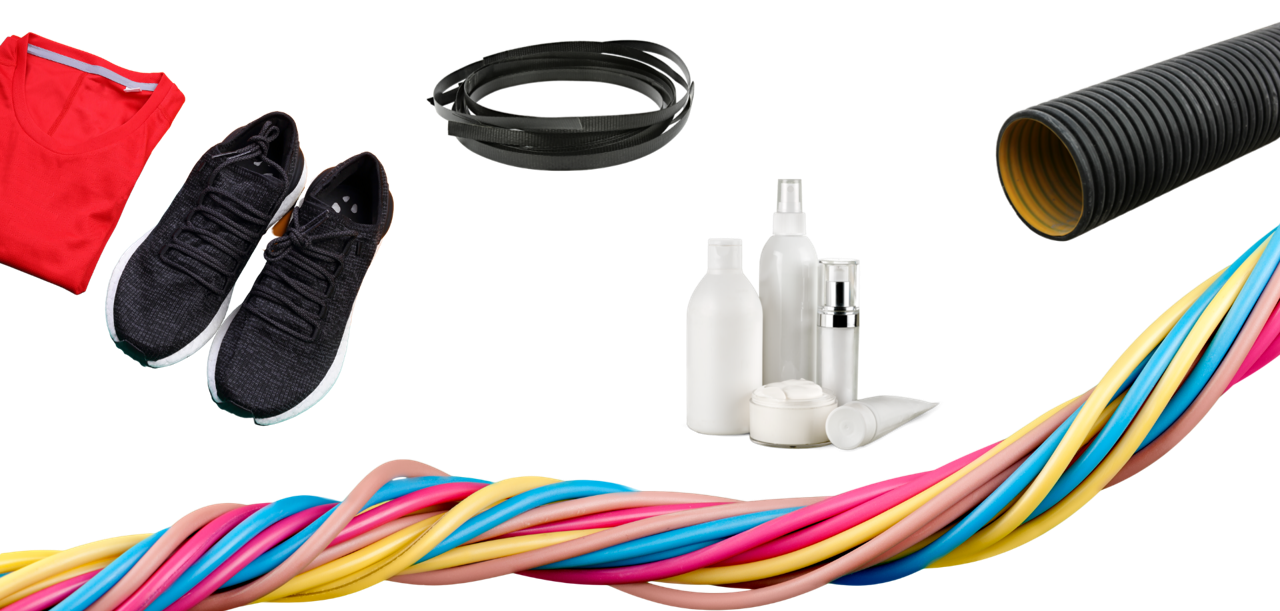
Recycled Plastics
According to the Taiwan EPA, the amount of recycled plastics increased after the establishment of the recycling system (1997), and has remained stable in the last 10 years which is ca. 190,000 tons per year in total. Around 98% of it is PET and PE / PP, in which PET accounts for 53% and PE/PP takes up 45%. The remainder is made up by PS, ca. 2%, and PVC with 0.2%. [1]
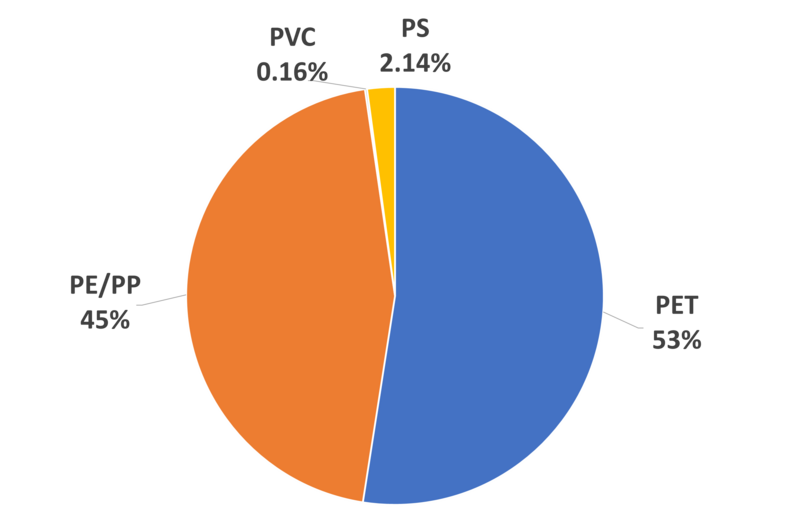
Because of its excellent toughness, light weight, and resistance to acids and alkalis, both virgin and recycled PET have a wide range of applications. Applications for recycled PET include textile fibers, regenerated PET bottles, trays, partitions, and daily use bottles. According to a study by the National Taipei University, the largest application of recycled PET in Taiwan is textile fibers, which accounts for ca. 42% of the total usage, including clothing and sportswear, sports shoes, backpacks, automotive interior materials, interior decoration materials such as carpets, and bedding quilts. Applications such as trays, partitions, and bottles for daily use account for ca. 37%, while regenerated PET bottles account for ca. 11% of the applications. [2]
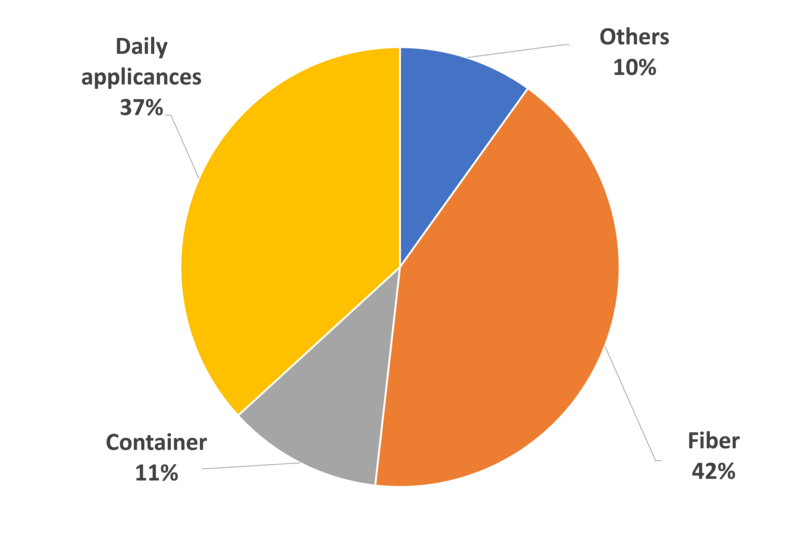
We at REMONDIS Taiwan with our Nantou Plant are one of the biggest suppliers of recycled PET and other plastics to the re-use industry in Taiwan. Among our many rPET products from the Nantou Plant, rPET transparent flakes are our signature products and are characterized by their high quality and clean color / transparency.
The use of rPET not only promotes the development of the circular economy, but also contributes to the reduction of carbon emissions. Click here to learn more about our recycled PET products.

Recycled PET and carbon emissions
With the rising discussion of net-zero targets to slow down climate change, controlling carbon emissions from all aspects of our lives are now under scrutiny.
The carbon footprint of rPET is only ca. 20% that of virgin PET: every kg of virgin PET produces ca. 2.9 kg of CO2 equivalent, while recycled PET produces only 620 g of CO2 equivalent! [3]
Why is there a near 5-time difference between recycled and virgin PET? The main reason is that virgin PET is produced by extracting and refining petrochemicals (ethylene, xylene) and using large amounts of energy such as electricity, heat (steam) and fuel (natural gas or coal).
In contrast, rPET does not require the extraction of petrochemicals and requires far less energy to produce than virgin PET. The energy required for the rPET process consists of small amounts of hot water for cleaning and the electricity for the sorting equipment. We at REMONDIS Taiwan already upgraded the previous heavy oil boiler – which is widely used in the plastic recycling industry – to a natural gas boiler in order to further reduce the carbon footprint of our rPET products.
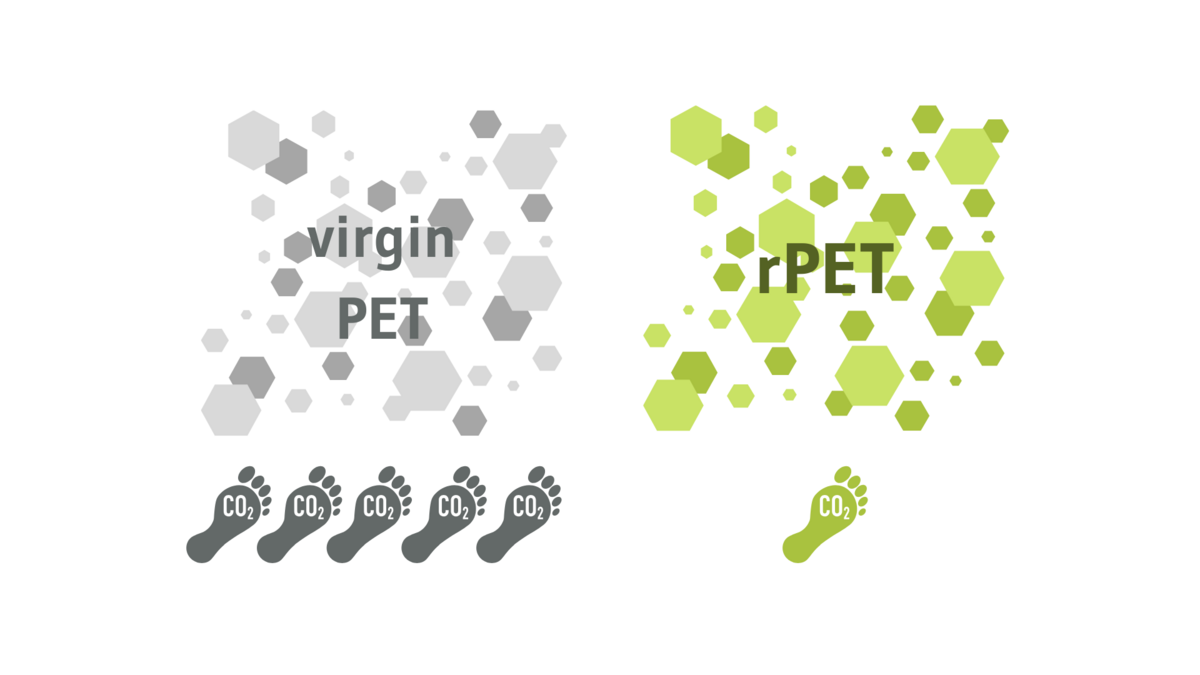
The textile industry and carbon reduction
As seen above, the use of rPET can make a significant contribution to carbon reduction on the application side. Among the applications of recycled PET, the textile industry shall have the largest demand for carbon reduction. According to a product carbon footprint case study by the Ministry of Economic Affairs, ca. 44% of the textile industry’s carbon emissions come from raw material, and 86% of that comes from PET yarn, which is the part that can be replaced with recycled PET. Simply by replacing the virgin PET in the textile industry with recycled PET, the carbon emission reduction potential of functional fabric products can reach close to 30%. A huge potential which we could not reach without the plastic recycling industry.
Another study indicates that the textile industry is the fourth most energy-consuming industry in Taiwan, coming right after the petrochemical, electronics, and steel industries. [5]
Therefore, international brands and supply chains are actively developing carbon reduction initiatives. Global textile brands such as Nike, Adidas, The North Face, and Lululemon have pledged the reduction of carbon emissions and the use of sustainable (recycled) materials.
Nike aims to use 100% renewable energy in all of its operations and factories by 2025, reduce carbon in its supply chain by 30% by 2030, and convert over 1 billion PET bottles into functional fibric products each year. [6]
Lululemon aims to use 100% renewable energy in all operations and factory activities by 2021, reduce carbon in its supply chain by 60% by 2030, and achieve at least 75% sustainable materials of their products 2025 and 100% sustainable materials of its products from recycled materials by 2030. [7]
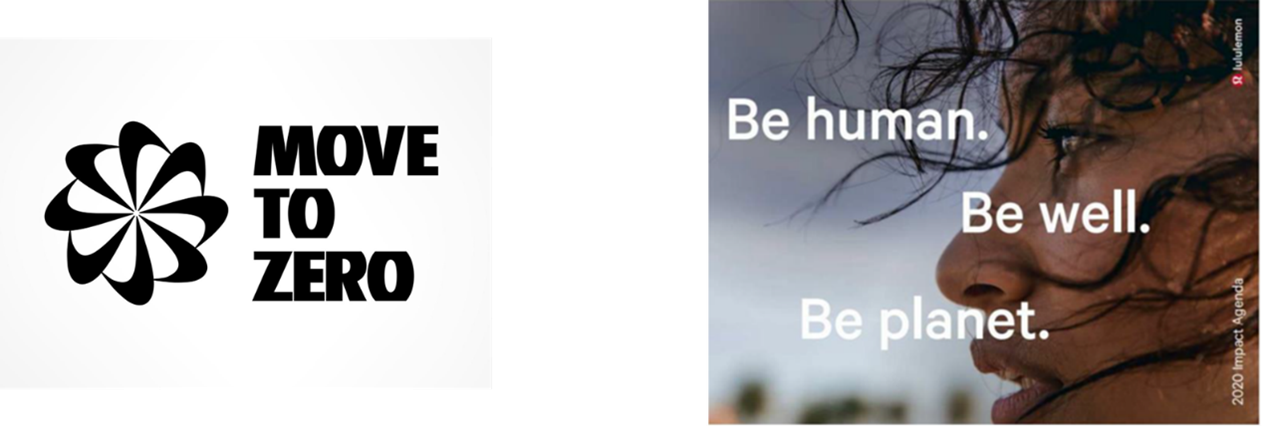
In addition, international brands are also jointly participating in carbon reduction projects such as "The Carbon Leadership", which brings together the power of brands to develop scalable and standardized ways to collaborate and develop the foundation for carbon management in factories and accelerate the implementation of their supply chain carbon reduction goals.
As a supplier of rPET, REMONDIS plays an important role in reaching the targets of carbon reduction in the textile industry. Feel free to reach out to us if you are interested in a collaboration and using our high-quality rPET and recycled plastics to reduce YOUR carbon footprint.
Sources
(1) 1997-2020 Statistics of the Regulated Recyclable Containers (EPA)
(2) Environmental Footprint Study of PET Plastic Recycling (National Taipei University)
(3) Assessment of the Scope of the Regulated Recyclable Containers and Investigation of the Recycling System of Containers (EPA)
(4) Product Carbon Footprint and Case Studies (MoEA)
(5) Renewable and Sustainable Energy Reviews 21 (2013) 674–683
(6) Nike move to zero climate change initiative
(7) Lululemon 2020 Impact agenda



